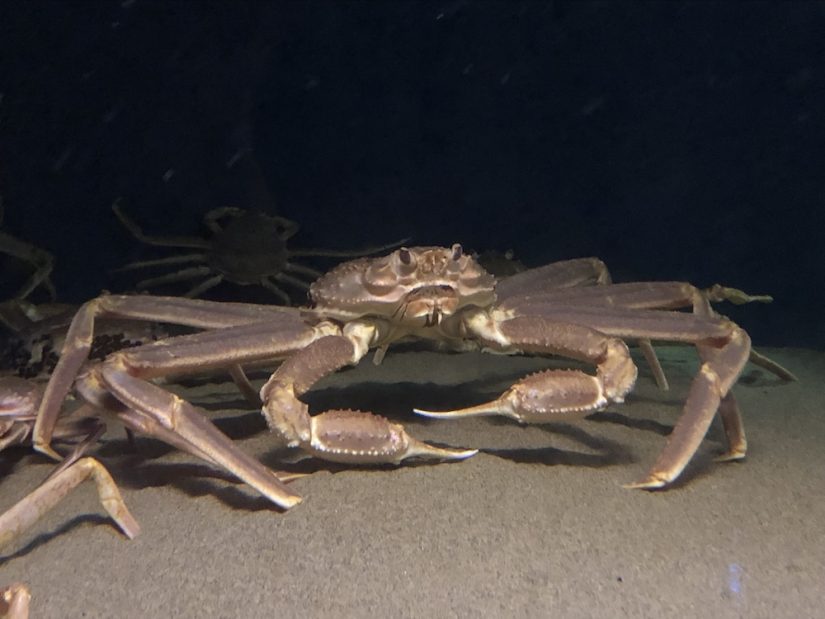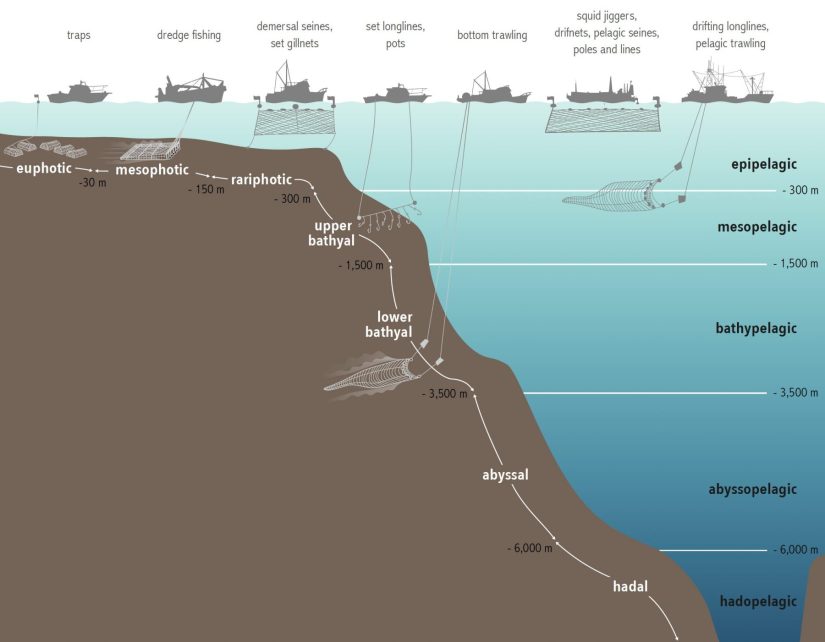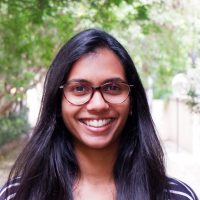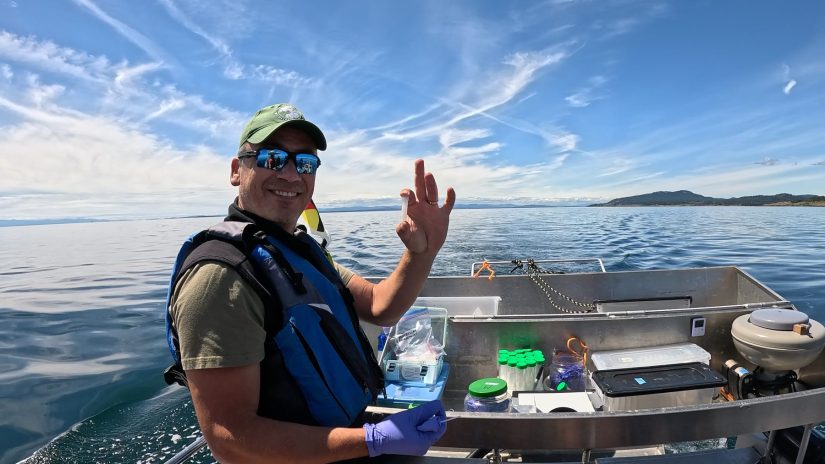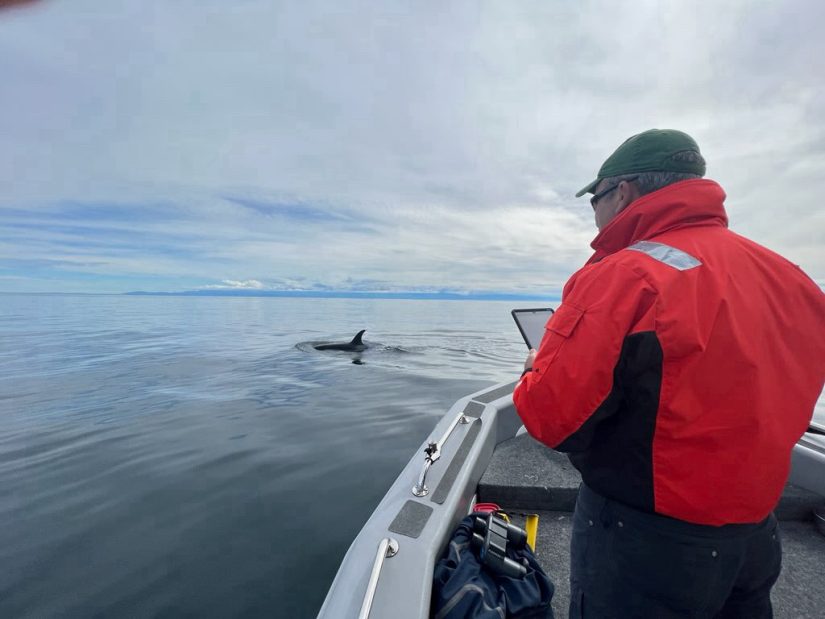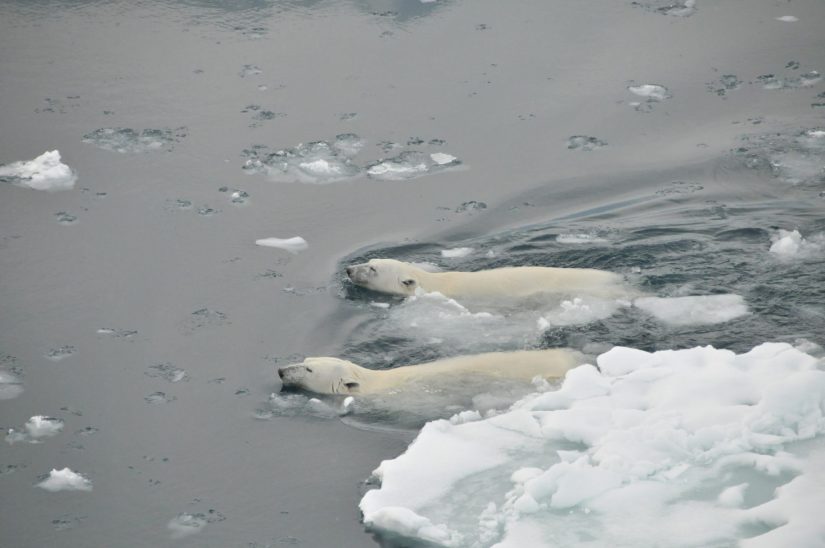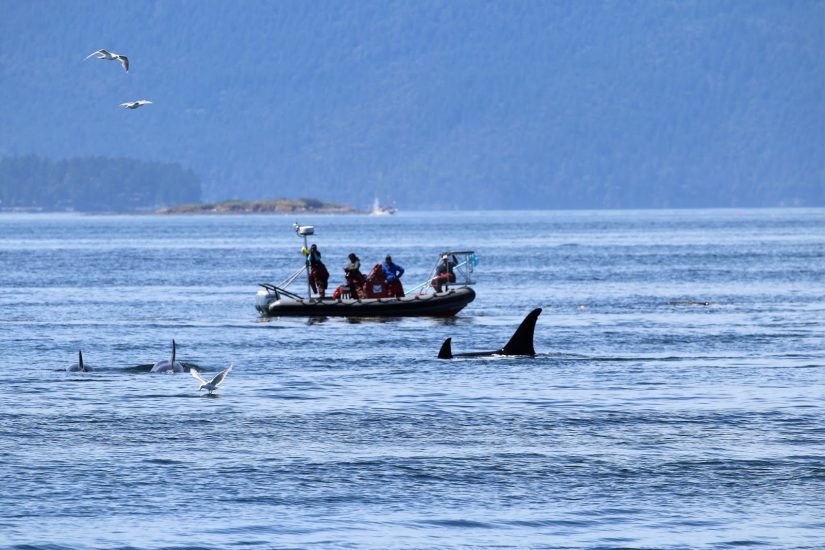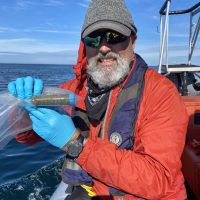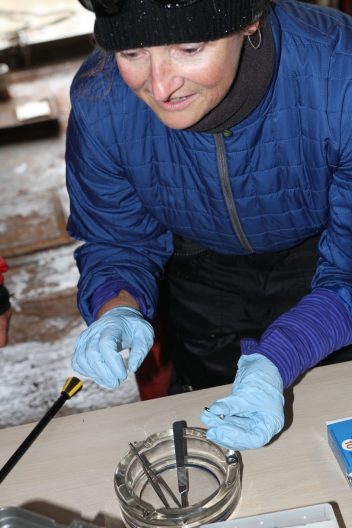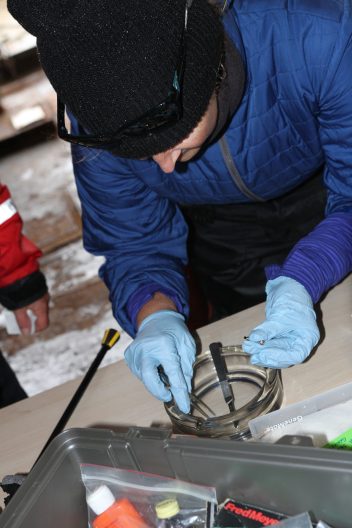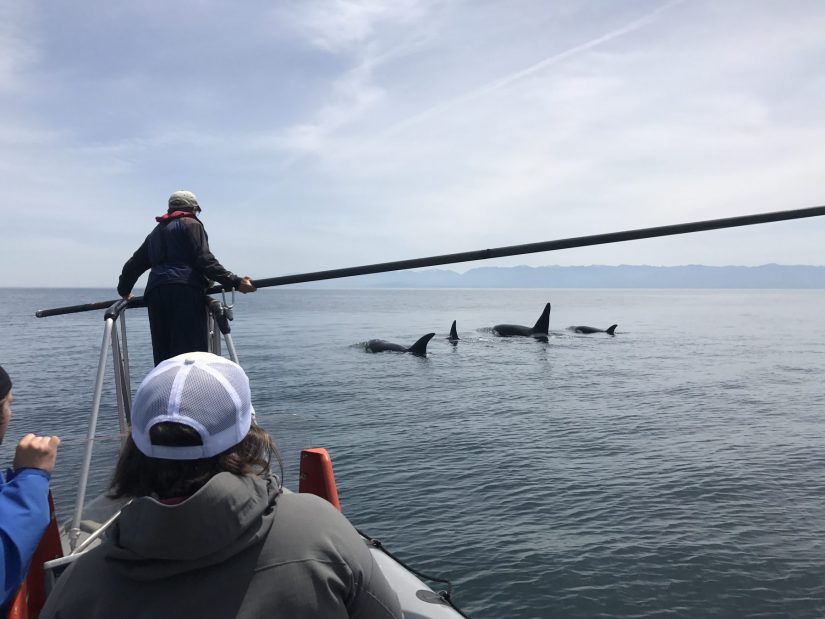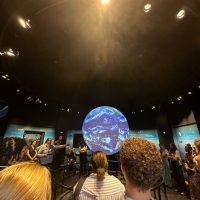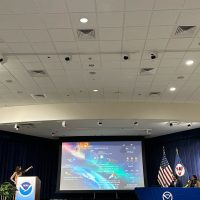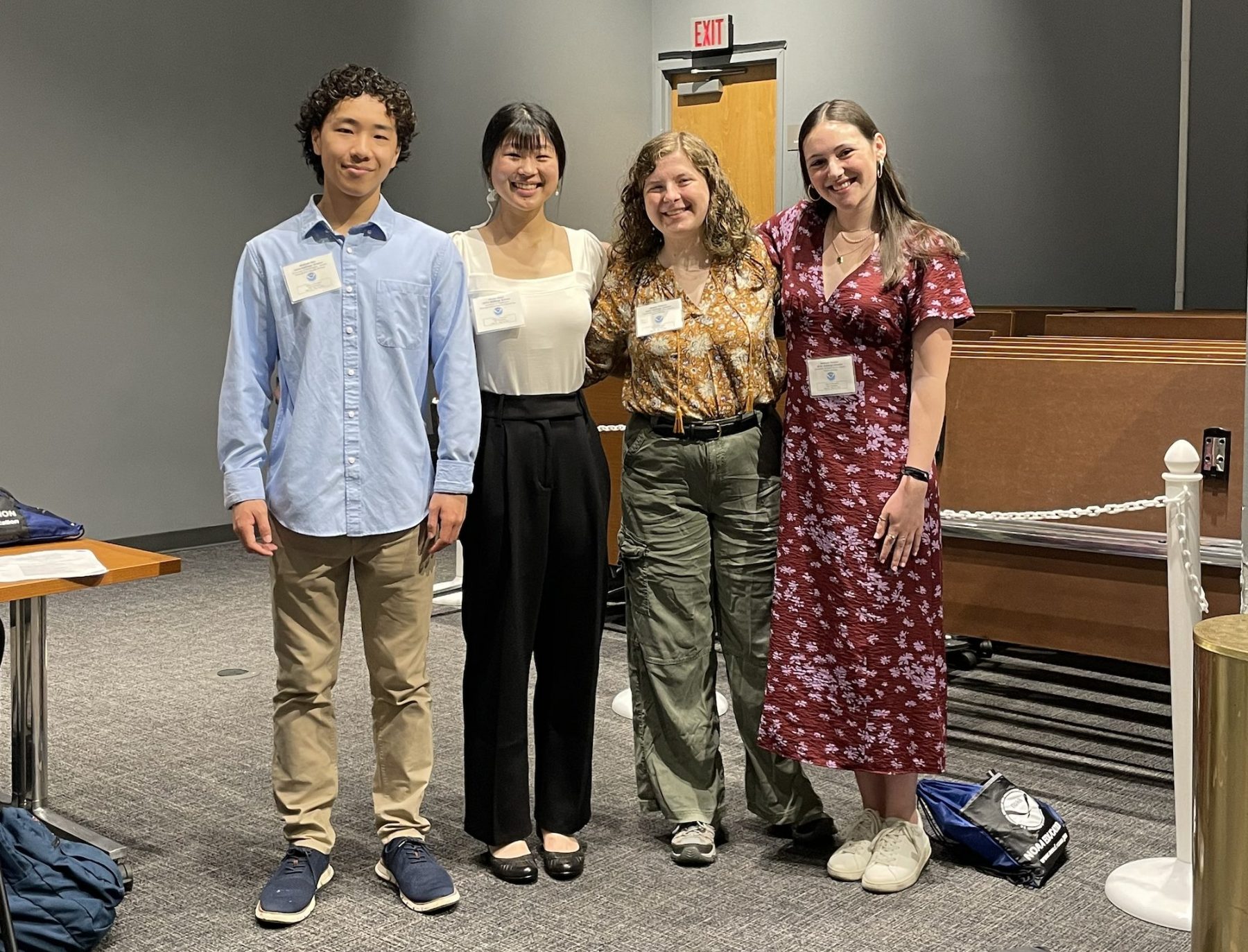How do people make the decision on where they fish? What factors influence human behavior in fisheries? Terrance Wang is exploring the answers to these questions during his PhD research at SAFS. Fisheries management is an important process across the world, informing international and regional decisions on fishing locations, type of catch, methods used, and more.
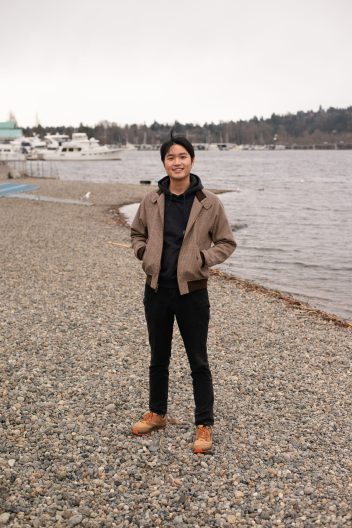
Bringing global fishery management down to a smaller-scale level, Terrance shared that one of the drivers of his work is remembering the reasons why we manage fisheries in the first place. “A fishery exists because it’s serving people: their identity, their culture, the economy, by feeding people,” Terrance said. “And remembering that those are some of the reasons why we manage fisheries is interesting, but also fun because it involves talking to individuals and communities about why they fish and where.”
By looking at these fishing strategies involving the where and why people fish, the diversity of fishers comes into crystal clear view. “It’s important to understand that it’s not a huge monolith of people who fish. There is huge diversity in both people and their reasons for fishing, and this information should inform fishery managers because it has far-reaching impacts on the environment and the communities tied to fishing,” Terrance said.
Beginning his work studying human behavior in fisheries at the time of the Alaska snow crab fishery collapse in 2022, Terrance realized this work would be of use to people. “Despite all the sub-groups of people within this fishery that differed from one another in where they liked to fish, how risky they were willing to fish, how weather tolerant they were, one thing that really stood out as a commonality was how adaptive they were,” Terrance shared. “Yes, each person had preferences, but they responded very quickly to a changing ocean.”
One of the things that Terrance likes about his research is getting to speak with people. “Is it bad to say I got bored of fish?” Terrance joked during the conversation. “On a serious note, I do love speaking with people and then relating that to fishery science. A big part of my study was interviewing and casually speaking with people about the snow crab fishing industry in Alaska, and what adaptation to the closure looked like.” Almost all crab boats in the region can also handle salmon tending for the sockeye runs, which is what they usually do during the off-season for crab, and in the event of a closure of the fishery, many people move into alternative industries altogether, such as construction.
A member of the both the Hilborn and Punt Labs at SAFS, Terrance hopes to continue working with the crabbers to explore another aspect of human behavior: learning through social networks. He hopes to see if the social networks of the crabbers have impacts on the economic efficiency of fishing. Information on the whereabouts of crab is a hot commodity, and fishers may only want to share this information with their partners.
The second area of Terrance’s research switches gears to focus on global biodiversity trends. Starting small with just one marine mammal taxonomic group – seals – the plan is to scale up the methods used to count species and identify trends on a global scale. “We hear many stories about species, such as seals, doing well and recovering after the introduction of the Marine Mammal Protection Act. But this doesn’t mean to say that in other areas of the world, the trend is the same,” Terrance said.
When asked why the focus is on seals, Terrance shared a few reasons. “Seals are just step one in this project, but I wanted an animal that could have an impact. People care a lot about marine mammals such as seals, whales, polar bears, otters. But some of these species have noisier data or it’s just harder to collect the data. Seals are a great first step because they’re easy to count as they come ashore.”
The project is essentially counting how many seals there are in the world over time, and seeing how they are recovering – or not – since protective legislation was introduced. “In Washington we have a lot of success with seal populations, but you shouldn’t gloss over local-level detail from other regions of the world. Some populations need more help, and it would be good to have more information on trends to use in management,” Terrance said.
Like many other marine mammals, there was a massive culling of seals until the early 1900s, with industrial-level uses of their hides, whiskers and fat. The same reason Terrance says they’re a good species to start his research with – because they come ashore – was one of the reasons why it was so easy to overhunt them.
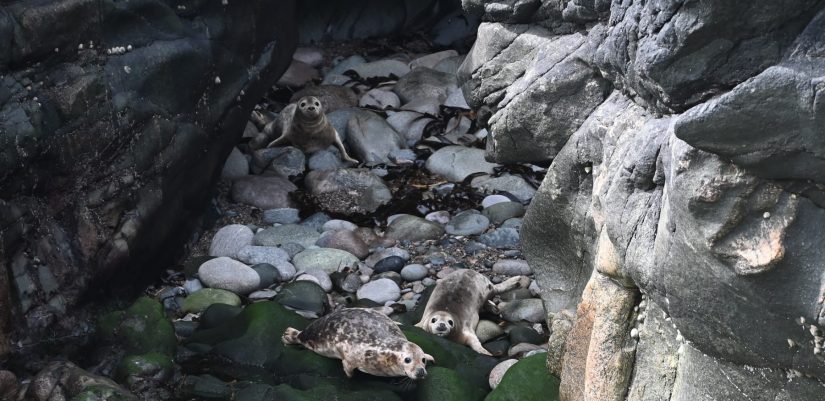
It’s not just seals that are considered a conservation success story. Pinnipeds as a whole are considered a success story due to the global, unilateral ban on trade. But threats still exist. “There isn’t one threat that rules all when it comes to pinnipeds. Nets, human interaction, disease, food scarcity, environmental change – these are all factors still very much a threat to pinniped populations,” Terrance shared.
“The big picture for my seal project is to hopefully develop methods that we can use to say this is what the trends are with seals, this is how we count them, and then upscale and apply this to other species such as sea turtles, sea birds, sharks, fish, whales and move up through the marine animals chain,” he said. Working on gathering data from available online sources and inputting it into a central database, Terrance is currently in the data collection phase of this work.
